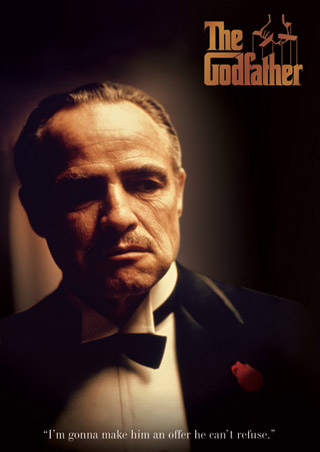Spring in Bloom in Washington D.C.
After living in Washington D.C. for four years it is only common knowledge that spring is absolutely beautiful here. For my photo essay I wanted to capture different angles of different flowers found all over downtown D.C. The photos were taken on April 17, 2009 at the Smithsonian, the National Mall, and the Tulip Library (which is adjacent to the Tidal Basin). I went on a day that I knew the lighting would be very bright and tried my best to stay away from shadows and dark lighting. I relied mostly on ambient lighting because I wanted each flower to look natural and not staged in its surroundings. When taking these pictures I tried to make sure I could present each flower in very bright light as to expose the vividness of each of their colors and complexity of their textures which is why I used no additional devices to block or shadow the sun. Although using this pure, ambient lighting may sound easy to do, it was much harder than I had expected. I wound up taking two or three shots of each set of flowers changing the angles, zoom, and height I was standing at (or in some cases laying) in order to capture more color than glare in the shot. I went downtown at a time where the sun was actually directly above me, which helped in some cases but was a pain in others. Overall, shooting this variety of flowers was fun and really allowed me to experiment with my camera. I also managed to accomplish some photographic techniques in this photo essay that I was not able to in my first. I think the new techniques I attempted add more depth and energy to my photos. What I was really interested in trying was blurring the background while keeping the foreground sharp, which I think I accomplished in several of the photos you will see in this essay. I am actually very pleased with the outcome and will experiment further with angles and different shot techniques in the future.







